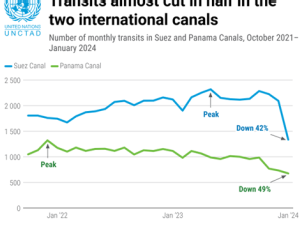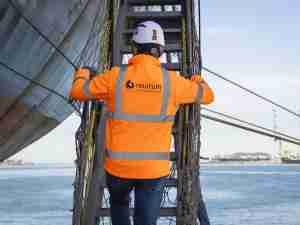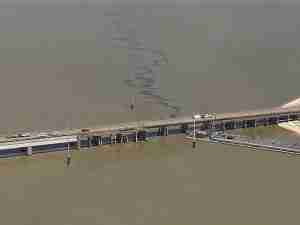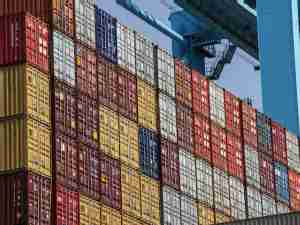
The start of work has just been declared on the provision of electricity supply connections for ships at berth at the Le Havre cruise terminal in the presence of the stakeholders: the Prefectures for the Normandy Region and the Seine-Maritime département, Le Havre city hall, the Le Havre Seine Métropole urban and district federation, Le Havre Croisières public interest grouping (GIP), Normandy’s regional government, ENEDIS and VINCI Energies - Actemium, the authorisedrepresentative of the grouping awarded the public procurement contract. The start of the construction comes after work to extend the public grid carried out by ENEDIS as project owner.
“Zero Fumes” port calls at Le Havre
At the core of HAROPA PORT’s strategic project, the ecological and energy transition of maritime and port activities must involve a reduction in the emissions produced by cruise activity. The purpose of the work planned for Florida Point is to assist the energy transition in the sea cruise sector. By 2026, all cruise docks will be electrified for “zero fumes” Le Havre port calls. There are numerous benefits to supplying electrical power to ships at berth: improved air quality, reduced greenhouse gas emissions, lower fossil fuel consumption and less vibration and noise pollution, thereby providing greater societal acceptability.
Each supply outlet will be capable of providing up to 13MW, subject to a maximum of 30MW (or the equivalent of the power required to supply 5,000 homes) on all three quays simultaneously. Electricity supply at berth can in this way cut emissions by between 15,000 and 20,000 tonnes of CO₂ every year.
This operation to connect cruise ships to a landside source of electrical power during their time in port, termed RENAQ in French (Raccordement Électrique des Navires A Quai / Electrical Connections for Ships at Berth) is aligned with compliance with EU regulations (AFIR and FuelEU Maritime regulations) and electrification targets for 2030
Electrification work on Florida Point
Prior to the start of the construction work, the connection to the public grid provided by ENEDIS required the creation of a three-kilometre underground network comprising three 20kV cables and the installation of an additional 40MVA EHV/HV transformer at the distribution substation for increased capacity. This grid connection required an investment of €5.6m.
Hangar 13 on Florida Point will be modified to provide an available area of 1,200 sq. m. to accommodate high-voltage distribution equipment and conversion systems to adapt the network operated by ENEDIS to the specific needs of ships. An underground cable network will be laid, connecting to carriages fitted with articulated arms that will take five power outlets, each weighing 15kg, to the ships, irrespective of their precise location on the three cruise terminal quays.
The electrification of Pierre Callet quay will be operational as early as 2025 and is the first phase in this very substantial project. Roger Meunier and Joannès Couvert quays will provide the same reception facilities, by the end of 2025 and early in 2026 respectively.
An investment of €32m has been earmarked for this project, which benefits from government support of €13.6m under the “France Relance” economic stimulus plan and €900,000 from the coal and steel research fund.












